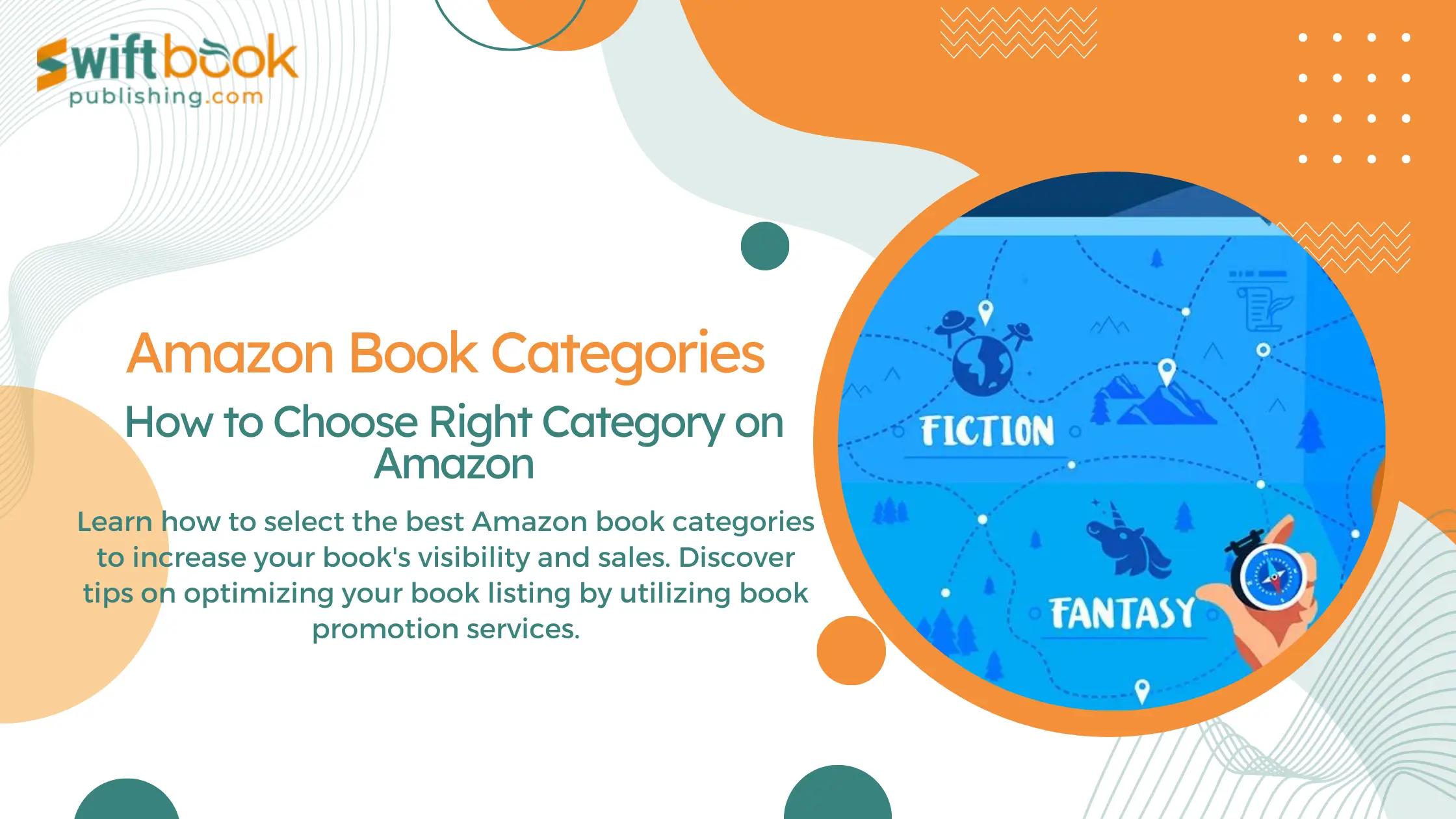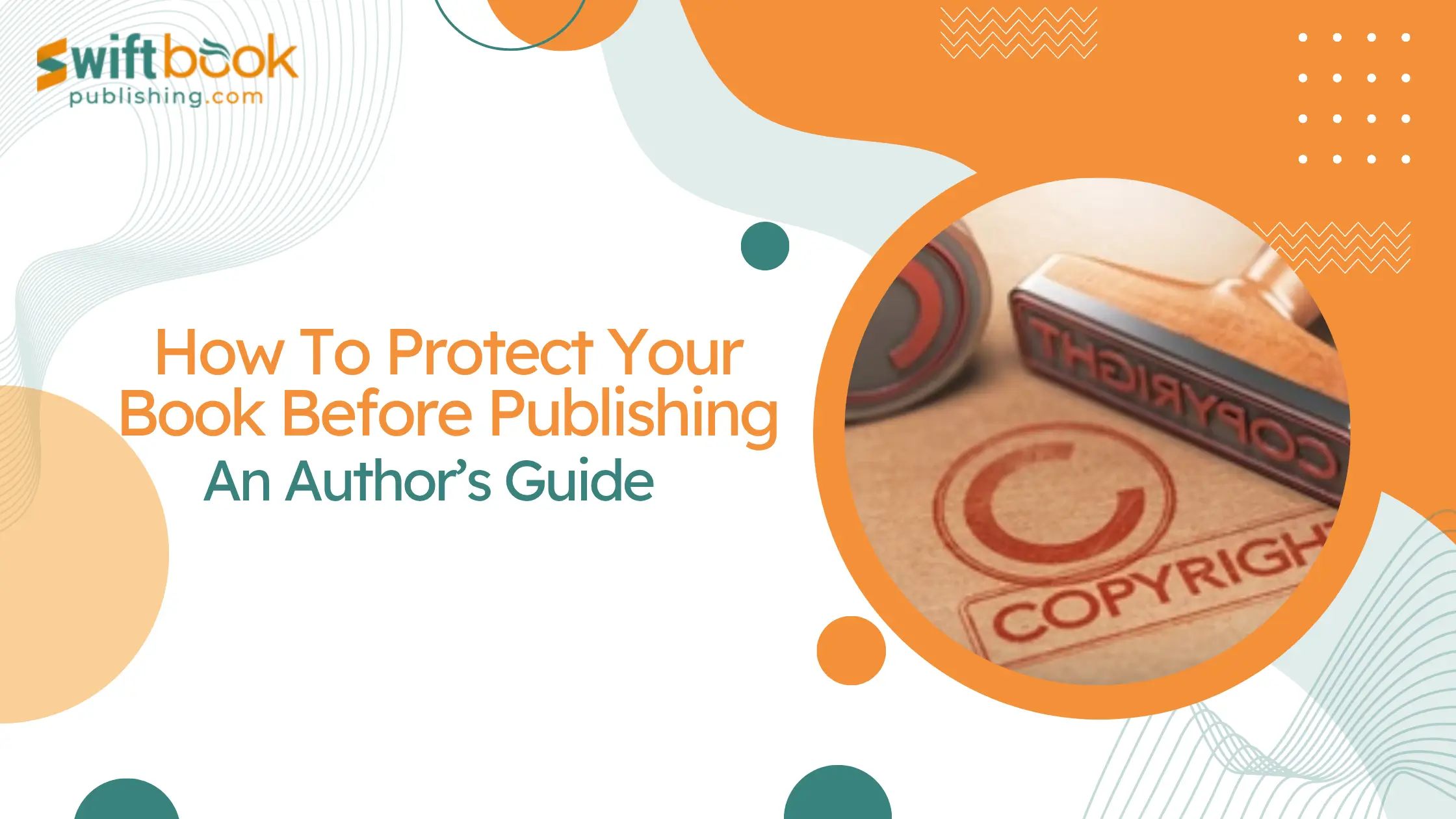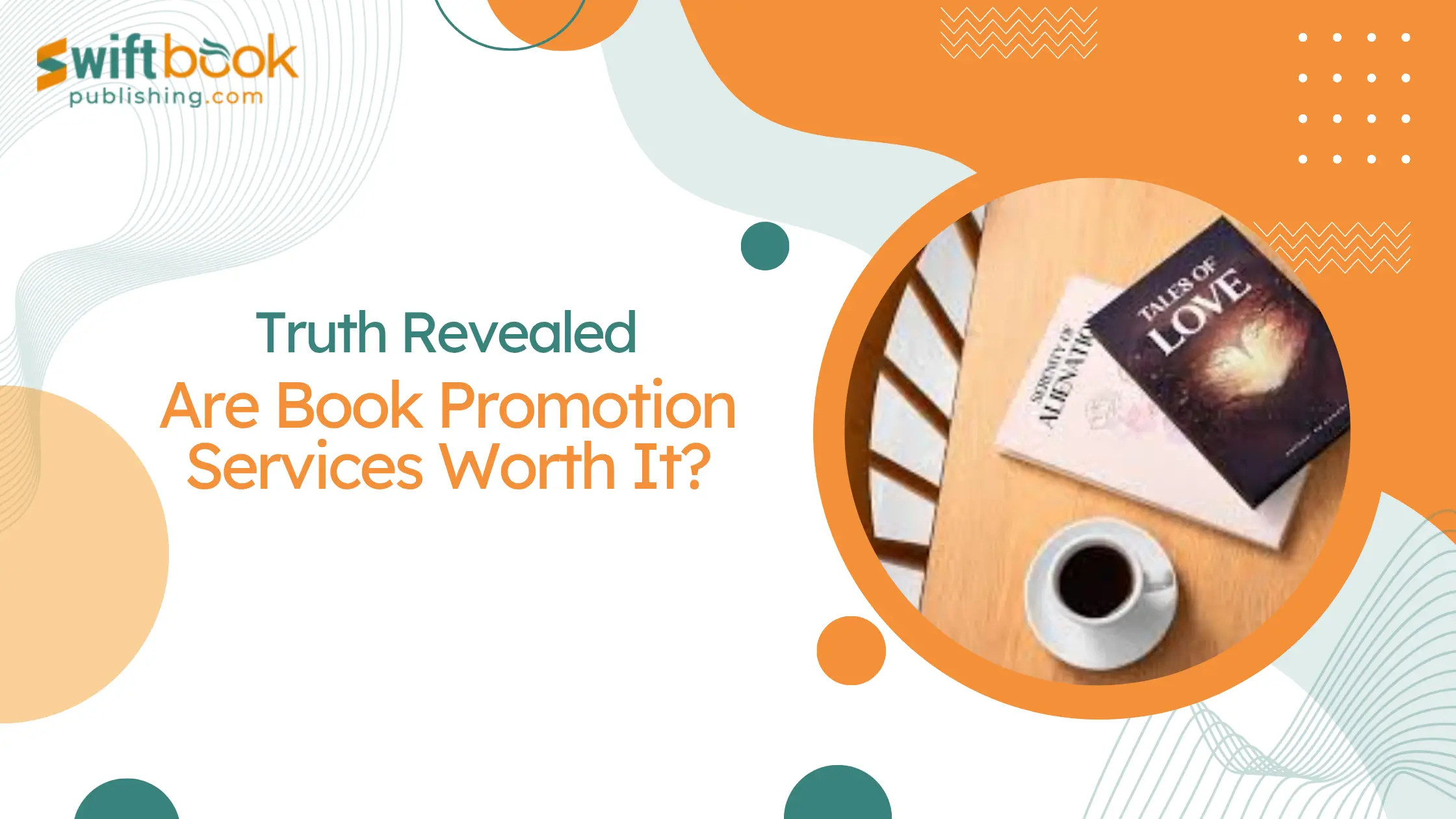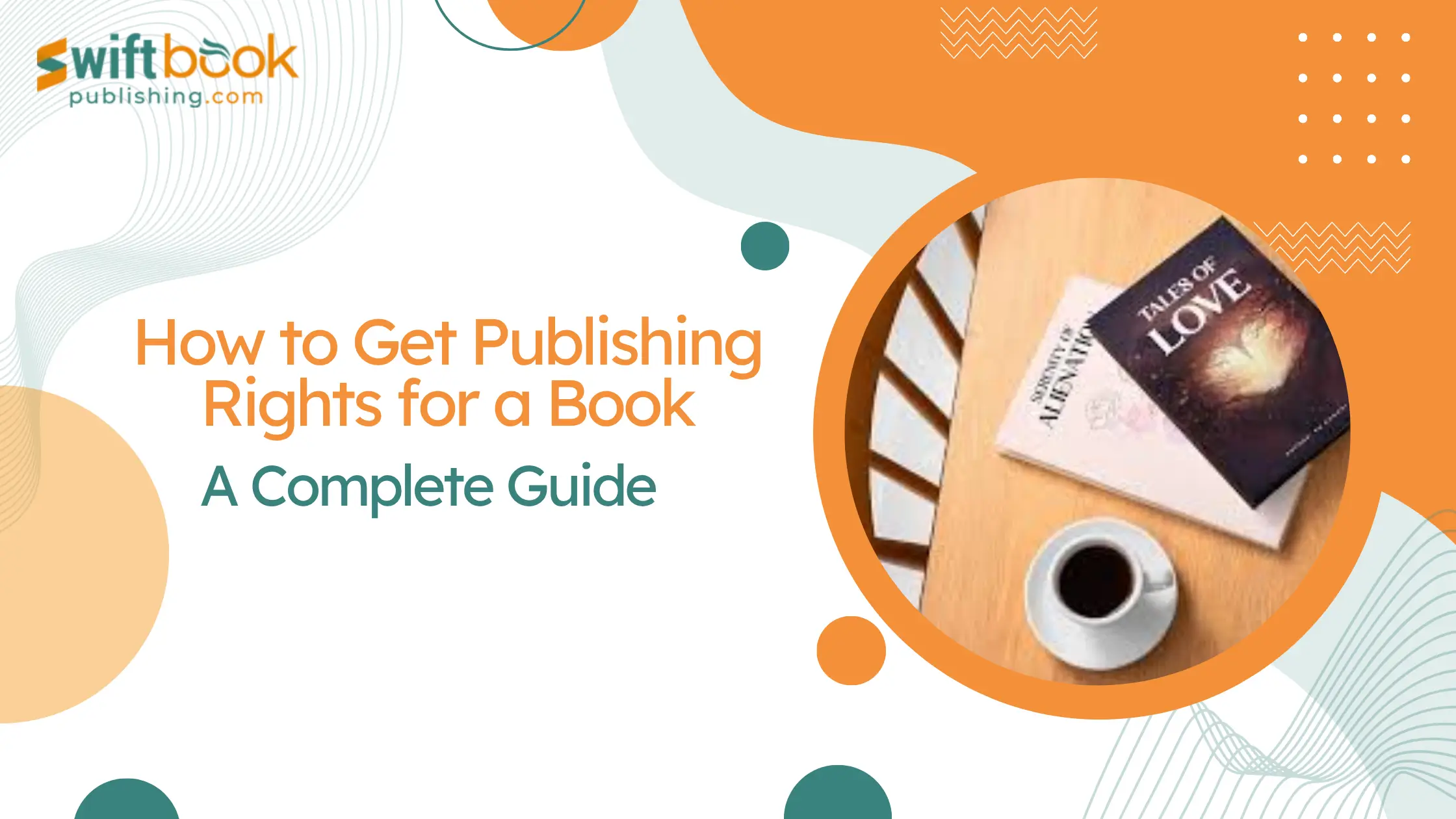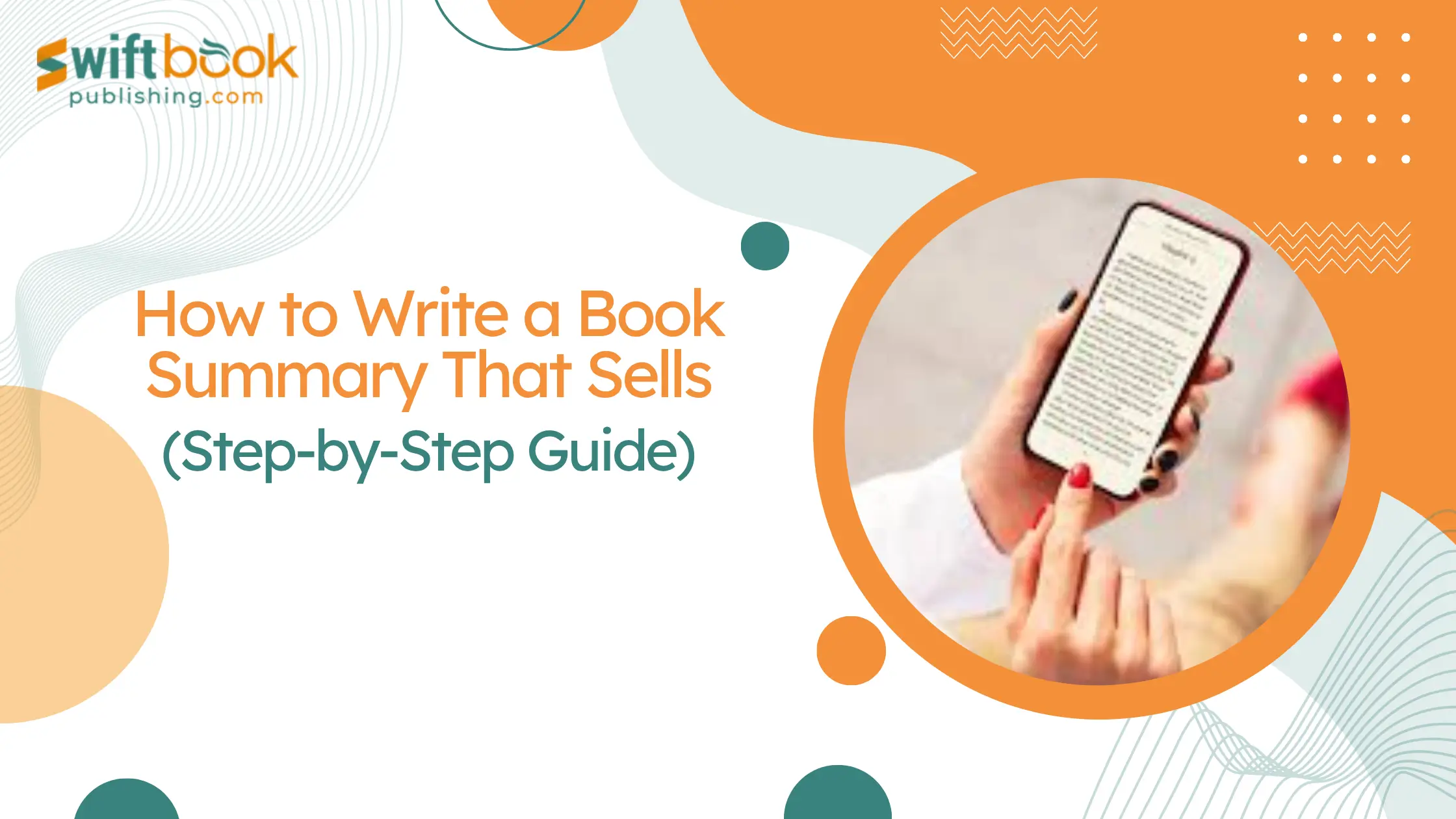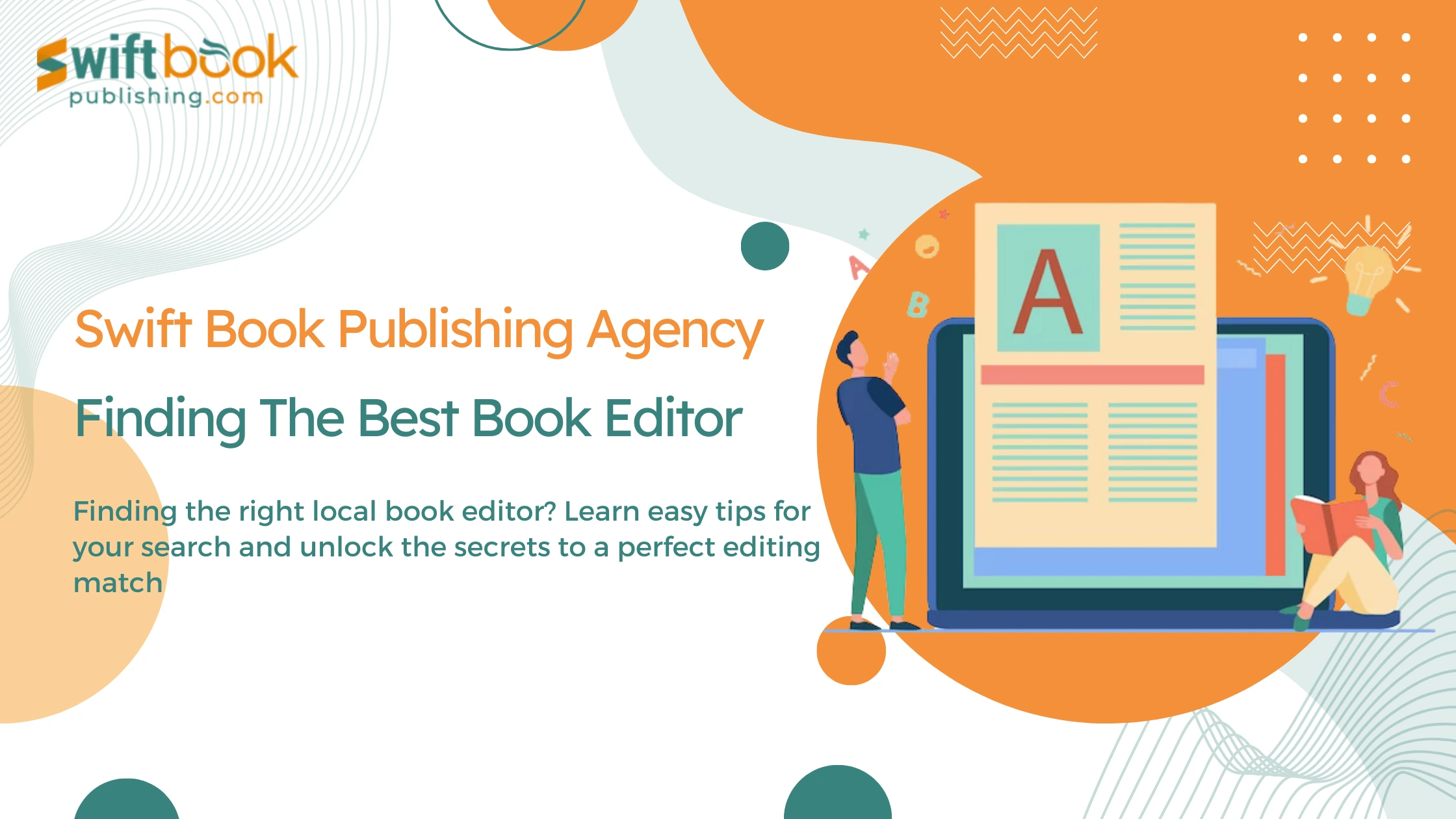Choosing the right category for your book on Amazon can significantly impact your sales and overall success. With thousands of books available on the platform, standing out in the crowd can be challenging. This is where Amazon book categories play a crucial role. Properly categorizing your book not only makes it easier for potential readers to find it but also ensures that it appears in relevant searches and recommendations. By leveraging the right categories, you can improve your book’s visibility, enhance its discoverability, and ultimately boost your sales. In addition to selecting the appropriate category, utilizing book promotion services can further increase your book’s reach and help you achieve your sales goals.
Understanding Amazon Book Categories
Amazon book categories are essentially the genres and subgenres that your book can be classified under on Amazon’s platform. These categories are used by Amazon to organize books in their vast library and help readers find books that match their interests. When a reader searches for a specific type of book, Amazon’s algorithm uses these categories to show the most relevant results.
Selecting the appropriate category for your book is crucial for several reasons:
- Discoverability: The right category makes your book easier to find for readers interested in that genre. For example, if your book is a thriller, placing it in the “Thriller” category ensures it shows up when readers are searching for thrillers.
- Competition: Choosing a less competitive category can increase your chances of ranking higher within that category. This can lead to more visibility and higher sales, especially if your book becomes a bestseller within that category.
- Target Audience: Accurate categorization ensures your book reaches its intended audience. Readers who frequently browse certain categories are more likely to purchase books that match their interests.
- Algorithm Favorability: Amazon’s algorithm favors books that perform well in their categories. Good performance in a relevant category can lead to better placement in Amazon’s search results and recommendations, further boosting your book’s visibility.
Understanding and effectively utilizing amazon categories for books is a vital step in making your book more discoverable and maximizing its sales potential. Pairing this strategy with book promotion services can amplify your efforts and help you reach a broader audience.
Why Book Categories Matter for Sales
Book categories are vital for enhancing the discoverability of your book on Amazon. When potential readers browse or search for books, they often use category filters to narrow down their choices. By placing your book in the right category, you increase the likelihood that it will appear in front of readers who are specifically interested in your genre.
Amazon categories for books help to position your book where readers are most likely to look, thus increasing the chances of clicks, views, and ultimately, sales. Additionally, being listed in relevant categories can lead to your book appearing in the “Customers Also Bought” and “Related to Items You’ve Viewed” sections, further boosting its visibility.
The Role of Categories in Amazon’s Algorithm
Amazon’s algorithm heavily relies on categories to sort and recommend books. When a book performs well within its category, it gets a higher ranking, which can significantly influence its visibility across the platform.
Here’s how it works:
- Relevance: Amazon’s algorithm shows books that are relevant to the user’s search queries. By being in the correct category, your book is more likely to be deemed relevant for certain searches.
- Sales Rank: Books that perform well in their categories tend to have higher sales ranks. A higher sales rank means better placement in search results and more recommendations by Amazon’s algorithm.
- Category Bestsellers: If your book becomes a bestseller in its category, it gets a “Bestseller” badge, which can attract more readers. This badge can significantly boost your credibility and sales.
Strategically selecting amazon categories for books can greatly influence your book’s discoverability and sales performance on Amazon, leveraging the platform’s algorithm to your advantage.
Amazon Book Categories List
Overview of the Main Categories and Subcategories Available on Amazon
Amazon offers an extensive array of categories and subcategories to ensure that books are properly classified and easily found by readers. Here are some of the main categories and examples of subcategories:
| Main Category | Subcategory | Example Sub-Subcategory |
| Literature & Fiction | Contemporary | Urban |
| Classics | Victorian | |
| Literary | Short Stories | |
| Historical | Medieval | |
| Mystery, Thriller & Suspense | Crime | Detective |
| Thrillers | Psychological | |
| Mystery | Cozy Mystery | |
| Science Fiction & Fantasy | Fantasy | Epic Fantasy |
| Science Fiction | Space Opera | |
| Dystopian | Post-Apocalyptic | |
| Romance | Contemporary | Romantic Comedy |
| Historical | Regency | |
| Paranormal | Vampire | |
| Non-Fiction | Biographies | Political |
| Memoirs | Personal Journey | |
| Self-Help | Motivational | |
| Health & Wellness | Nutrition | |
| Children’s Books | Early Learning | ABCs |
| Fairy Tales | Folklore | |
| Action & Adventure | Pirates |
Understanding the amazon book categories list helps authors and publishers accurately place their books where they are most likely to attract the right audience. Each main category has numerous subcategories, allowing for precise targeting. For instance, under “Science Fiction & Fantasy,” you might find subcategories such as “Space Opera,” “Cyberpunk,” or “Epic Fantasy.”
Secondary Keywords
When listing your book, it’s important to refer to the amazon books categories to ensure you are choosing the most suitable options. Utilizing the amazon book categories list effectively can lead to better alignment with reader interests and improve your book’s performance.
Familiarizing yourself with the comprehensive amazon book categories list and understanding how to strategically place your book within these categories can significantly enhance your book’s discoverability and sales on Amazon. By leveraging amazon books categories, you position your book for maximum visibility and success.
Steps to Identify How to Choose the Right Category for Your Book
- Understand Your Book’s Genre: Start by identifying the primary genre and subgenres of your book. This will guide you to the most relevant categories.
- Use Amazon’s Category Listings: Browse through the amazon book categories list to find the categories that best match your book. Amazon provides a comprehensive list of categories and subcategories that you can use.
- Check Bestsellers: Look at the categories where bestsellers in your genre are listed. This can give you an idea of which categories are popular and have high visibility.
- Analyze Similar Books: Search for books similar to yours and note their categories. This can provide insights into which categories work well for your book type.
- Use Multiple Categories: If your book fits into more than one category, utilize Amazon’s feature that allows books to be listed in multiple categories. This can broaden your reach.
Researching Competitors and Similar Books
Researching competitors and similar books is crucial to identifying the best categories. Here’s how to do it:
- Identify Top Competitors: Search for the top-selling books in your genre on Amazon.
- Analyze Their Categories: Look at the categories these books are listed in. Take note of both primary and secondary categories.
- Evaluate Subcategories: Check if your competitors are listed in specific subcategories that you may not have considered. These can sometimes have less competition and offer a better chance for visibility.
- Monitor Trends: Pay attention to trends in your genre. Categories that are gaining popularity can offer new opportunities for visibility.
Tips for Using “Kindle Book Categories” Effectively
When it comes to kindle book categories, there are specific strategies you can employ to maximize your book’s visibility:
- Utilize Niche Categories: Kindle offers many niche categories that might be less competitive than broader categories. These can be a good starting point for new authors.
- Optimize for Kindle Unlimited: If your book is enrolled in Kindle Unlimited, choose categories that are popular among Kindle Unlimited readers.
- Update Categories Regularly: Regularly review and update your categories based on sales data and changes in Amazon’s category structure.
Importance of Keywords Make Your Book More Discoverable
Keywords are critical for making your book discoverable on Amazon. They help Amazon’s search algorithm match your book with relevant reader searches. Properly chosen keywords can significantly increase your book’s visibility and sales.
How to Integrate Keywords with Categories
- Keyword Research: Conduct keyword research to find terms that potential readers might use to search for books like yours. Tools like Amazon’s search suggestions, keyword research tools, and competitor analysis can be helpful.
- Combine Keywords and Categories: Integrate your keywords into your book title, subtitle, and description. Also, choose categories that align with your keywords. For example, if a keyword is “mystery thriller,” ensure your book is categorized under mysteryy, thriller & suspense.”
- Use All Available Keyword Slots: Amazon allows you to add up to seven keywords or keyword phrases. Use all these slots to maximize your book’s discoverability.
- Monitor and Adjust: Regularly monitor the performance of your keywords and categories. Adjust them based on what’s working best for increasing your book’s visibility and sales.
By effectively integrating keywords with categories, you can make your book more discoverable with keywords, enhancing its chances of being found by readers who are looking for books in your genre. This strategic approach can lead to increased visibility, higher rankings, and ultimately, more sales.
Top Book Categories on Amazon
Understanding the most popular categories will allow you to strategically position your book in front of the right audience. Here’s a look at the top categories on Amazon, along with key examples and insights.
- Literature & Fiction
This broad category encompasses various subgenres such as contemporary fiction, classics, and literary fiction.
Examples: “Where the Crawdads Sing” by Delia Owens, “The Night Circus” by Erin Morgenstern.
Analysis: Books in this category often benefit from strong narrative and character development, appealing to a wide audience.
- Mystery, Thriller & Suspense
Includes subcategories like crime, thrillers, and suspense novels.
Examples: “The Silent Patient” by Alex Michaelides, “Gone Girl” by Gillian Flynn.
Analysis: This category is highly competitive but offers significant rewards for bestsellers, often leading to high sales volumes.
- Science Fiction & Fantasy
Encompasses everything from dystopian to epic fantasy and science fiction.
Examples: “Dune” by Frank Herbert, “A Game of Thrones” by George R.R. Martin.
Analysis: Books in this category often have dedicated fanbases and benefit from extensive world-building and imaginative storytelling.
- Romance
Includes contemporary romance, historical romance, and paranormal romance.
Examples: “The Hating Game” by Sally Thorne, “Outlander” by Diana Gabaldon.
Analysis: Romance is a consistently popular category with a loyal reader base, making it one of the top book categories on Amazon.
- Non-Fiction
Covers a wide range of subgenres, including biographies, memoirs, self-help, and health & wellness.
Examples: “Becoming” by Michelle Obama, “Atomic Habits” by James Clear.
Analysis: Non-fiction books often appeal to readers looking for personal growth, inspiration, and factual information.
- Children’s Books
Includes early learning, fairy tales, and children’s action & adventure.
Examples: “The Very Hungry Caterpillar” by Eric Carle, “Harry Potter and the Sorcerer’s Stone” by J.K. Rowling.
Analysis: This category can be very lucrative, especially for books that capture the imaginations of young readers and their parents.
By understanding and targeting the top book categories on Amazon, authors can position their books for maximum visibility and sales potential.
Overview of Various Book Promotion Services Available
- BookBub
- Offers targeted email promotions to a large subscriber base.
- Known for its high impact on sales and visibility.
- Goodreads
- Provides advertising options and book giveaway promotions.
- Helps authors engage with readers and gather reviews.
- NetGalley
- Allows authors to distribute advance review copies to gain reviews before launch.
- Increases early visibility and generates buzz.
- Amazon Advertising
- Pay-per-click ads that appear in Amazon search results and product pages.
- It helps increase discoverability directly on the Amazon platform.
How These Services Can Help Boost Sales
- Book promotion services can significantly increase your book’s visibility by placing it in front of a targeted audience.
- Services like BookBub and Amazon Advertising ensure your book reaches potential readers who are already interested in your genre.
- Promotions can lead to spikes in sales, which can improve your book’s ranking on Amazon.
- Higher rankings lead to more organic visibility and a snowball effect on sales.
- Platforms like Goodreads and NetGalley help you gather early reviews, which are crucial for building credibility and enticing more readers to purchase your book.
- Book promotion services often allow for targeted marketing based on genre, reader preferences, and demographics.
- This ensures that your book reaches readers who are most likely to be interested in it, increasing conversion rates.
Using book promotion services strategically can amplify your marketing efforts, enhance your book’s visibility, and ultimately boost sales. These services, combined with the right categories and keywords, can help you achieve greater success on Amazon
Optimizing Your Book Listing
When optimizing your book listing, it is critical to attract potential readers and increase your book’s visibility on platforms such as Amazon. By implementing best practices for crafting book descriptions and titles, you can ensure your book captures attention and stands out in a competitive market.
- Craft a Compelling Title
- Ensure your title is catchy and relevant to your genre.
- Include primary keywords if they fit naturally.
- Write a Captivating Book Description
- Start with a hook to grab the reader’s attention.
- Clearly outline the plot or main points of your book without giving away too much.
- Use bullet points or short paragraphs for readability.
- Incorporate keywords naturally to improve discoverability.
- Highlight Key Selling Points
- Mention awards, bestsellers status, or positive reviews.
- Include a brief author bio if it adds credibility.
Importance of Reviews and Ratings
- Positive reviews and high ratings increase the credibility of your book.
- Readers are more likely to purchase a book with good reviews.
- Books with more reviews and higher ratings are favored by Amazon’s algorithm, leading to better visibility.
- Prompt readers to leave reviews at the end of your book or through follow-up emails.
- Consider using review services like NetGalley to gather initial reviews.
How to Update Your Book Categories and Keywords
- Regularly Review Your Categories
- Monitor your book’s performance and competitors’ categories.
- Adjust categories based on trends and changes in your genre.
- Update Keywords
- Conduct keyword research periodically to find new and relevant keywords.
- Update your keywords in your book’s metadata through your Amazon KDP dashboard.
- Use Amazon’s Tools
- Utilize Amazon’s category and keyword tools to refine your choices.
Tips for Troubleshooting and Optimizing Categories
- Analyze Competitors: If your book isn’t performing well, look at the categories of successful books in your genre.
- Experiment with Categories: Test different categories to see which ones yield better results.
- Optimize Keywords: Ensure your categories align with your keywords to improve discoverability.
- Monitor Trends: Stay updated with changes in Amazon’s category structure and reader preferences.
Conclusion
Choosing the right Amazon book category is a critical step in boosting your book’s sales and visibility. By understanding and strategically utilizing Amazon book categories, you can significantly enhance your book’s discoverability, ensuring it reaches the right audience. Pairing the right categories with effective book promotion services can amplify your marketing efforts, leading to higher rankings, more reviews, and ultimately, increased sales. Regularly updating your book’s categories and keywords, along with optimizing your book listing, will help maintain its relevance and attractiveness to potential readers. With these strategies, you can navigate the vast marketplace of Amazon and achieve greater success with your book.
Frequently Asked Questions
Common Questions About Amazon Book Categories
How can I find the best category for my book?
Research similar books and their categories, use Amazon’s category listings, and consider using niche categories that match your book’s genre and subgenres.
Can I change my book’s categories after publishing?
Yes, you can update your book’s categories through your Amazon KDP dashboard. Regularly reviewing and adjusting categories can help improve discoverability and sales.
Where can I find a list of all Amazon book categories?
Amazon provides a comprehensive list of all amazon book categories in their help section and during the book listing process on Amazon KDP.


